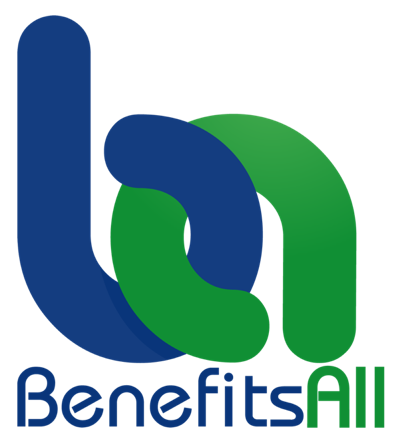BenefitsAll
You would think that after years of receiving information about health insurance options, we would have this open enrollment thing down pat. Unfortunately, that is not the case. Yet another survey from a leading health insurer revealed something that most of us readily admit. It is difficult to make decisions during open enrollment.
There are a number of reasons why choosing health insurance remains a challenge for many of us.
Some of the challenges are self-inflected:
- lack of interest
- inability to comprehend basic insurance information
- believing we know more than we do
- employers and health insurers often develop insurance information to meet regulatory requirements, not to foster understanding
- employers and health insurers provide too much irrelevant and not enough relevant health plan information
Finding the price of medical procedures is much more difficult than it should be. Ideally, state or federal law would require healthcare providers to provide baseline price information for their services. For now, databases created by the major health insurers, Medicare, and public and private organizations will have to do.
To locate prices of medical care services, start with your health insurance company. All of the major health insurers have some kind of medical and prescription drug price comparison tool on their website for members. These tools provide price estimates of the most common procedures and prescriptions. And even if you do not have Medicare, the Medicare price tool is worth exploring. The pricing tools provided by private health insurers and Medicare will give you an idea of what people with insurance coverage will pay. People without health insurance can use the price comparison tools created by other private and public organizations. For example, the healthcare bluebook is a popular price database that provides a fair market price for common services that you search by zip code.
{Click Here for a List of Some of the Major Healthcare Price Tools.}
All of these price comparison tools have limits. Some of which are that they provide price estimates only, do not include prices for all medical services, and do not include quality of care information. But they are a starting point in determining what your out-of-pocket medical care costs may be. And with high deductible health plans (HDHP) gaining in popularity among insurers and employers, medical care cost information is essential. High deductible health plans may require large upfront out-of-pocket costs.
Choosing a health plan during the annual open enrollment season will never be easy or foolproof. Like most important decisions, it requires real effort. Using a price comparison tool to estimate medical and prescription drug costs is just one way to improve the quality of your health plan decisions.
